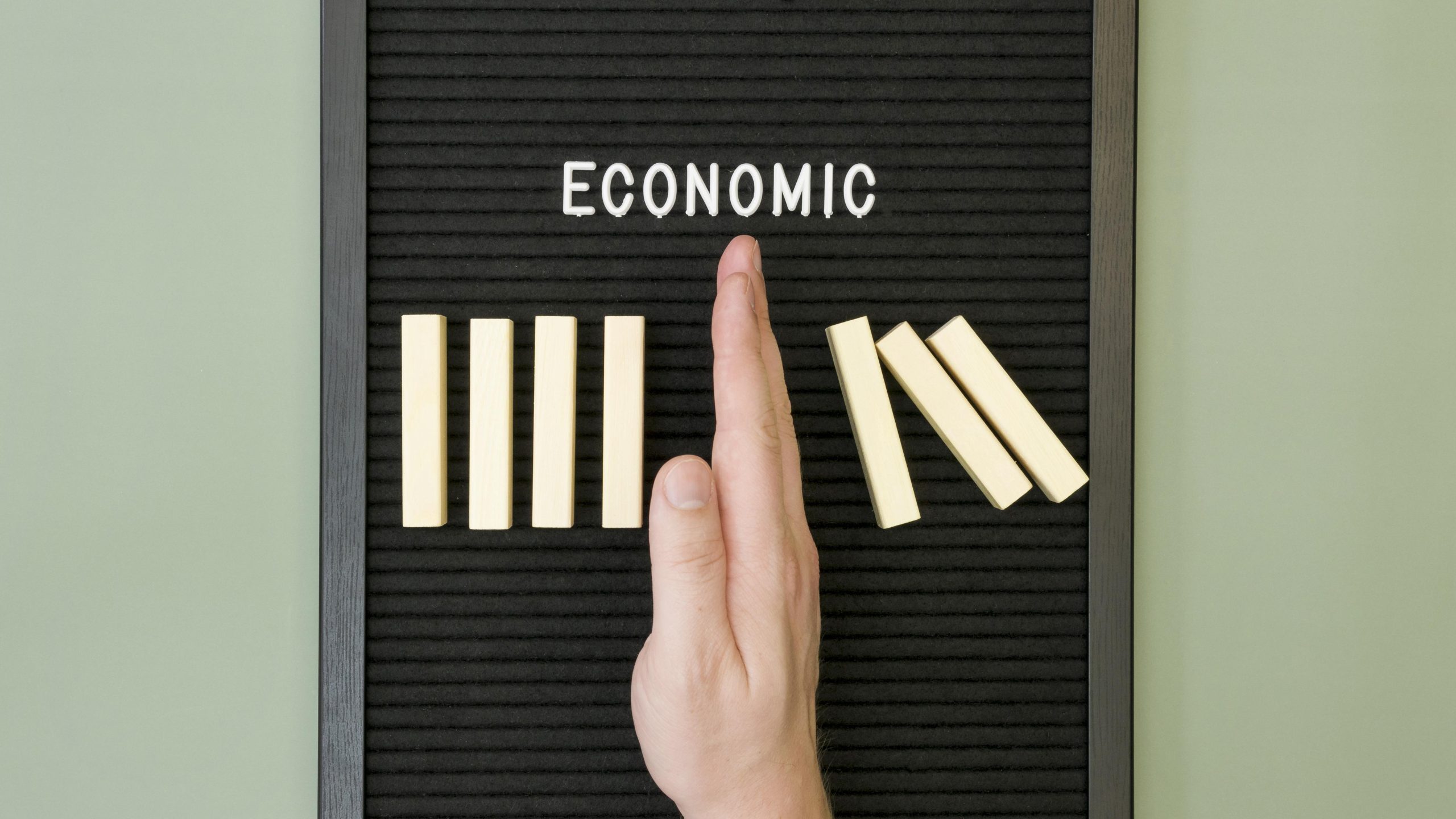The American middle class, once considered the bedrock of the nation’s economy, is grappling with unprecedented challenges. Over the past few decades, economic inequality has steadily increased, reshaping the financial landscape and threatening the stability of this crucial demographic.
This troubling trend has far-reaching consequences, not only for individuals but also for the broader economy. With the middle class under pressure, consumer spending is being stifled. Policymakers, economists, and social advocates are now sounding the alarm about the urgent need to address the systemic forces fueling this imbalance.
The roots of rising economic inequality in the U.S.

The surge in economic inequality is the result of multiple interconnected factors. Globalization and technological advancements have reshaped the job market, often favoring highly skilled workers while leaving others behind. Consequently, many middle-income jobs have either vanished or been replaced with lower-paying alternatives.
Additionally, the erosion of labor unions has weakened workers’ bargaining power, further exacerbating wage stagnation. These shifts have significantly reduced upward mobility for middle-class Americans, making it increasingly difficult to achieve financial security or climb the socioeconomic ladder.
Middle-class struggles in an uneven economy
The American middle class faces a myriad of challenges stemming from the escalating economic inequality. Stagnant wages, rising living costs, and diminishing benefits are making it harder for families to afford necessities such as housing, healthcare, and education.
Moreover, the rising cost of higher education has saddled countless families with debt, further limiting their ability to save for the future. This has created a vicious cycle in which financial instability begets even greater economic vulnerability, undermining the long-term prosperity of the middle class.
The psychological toll of economic disparities
Beyond the tangible financial challenges, the psychological impact of economic inequality cannot be ignored. Studies indicate that growing disparities in wealth contribute to increased levels of stress, anxiety, and depression among middle-class Americans. The constant struggle to keep up with rising costs and shrinking opportunities takes a profound emotional toll.
This stress often manifests in decreased productivity, strained relationships, and deteriorating mental health. Over time, these factors can erode the very social fabric that has long sustained the middle class, creating communities marked by disillusionment and instability.
Potential solutions to bridge the economic divide
Addressing the rise of economic inequality requires a comprehensive and multifaceted approach. Policymakers must prioritize measures aimed at promoting wage growth, such as increasing the federal minimum wage and supporting collective bargaining efforts. These steps can help empower workers and ensure a fairer distribution of economic gains.
In addition, expanding access to affordable education and healthcare is essential. By reducing the financial burdens associated with these critical services, middle-class families can achieve greater stability and resilience. Furthermore, targeted tax reforms aimed at reducing wealth concentration may help narrow the economic divide.
The role of innovation and entrepreneurship
Innovation and entrepreneurship also have a critical role to play in mitigating economic inequality. By fostering an environment that encourages small business development and supports start-ups, new job opportunities can be created across diverse sectors. This, in turn, can stimulate economic growth and provide upward mobility for many Americans.
However, it is crucial that these opportunities are made accessible to all, regardless of socioeconomic background. Inclusive policies and initiatives can ensure that the benefits of innovation are equitably distributed across society.
A call to action for a more equitable future
In conclusion, the challenges facing the American middle class amid rising economic inequality are both urgent and complex. Without decisive action, the gap between the wealthy and the rest of society will continue to grow, undermining the nation’s economic vitality and social cohesion.
Yet, there is hope. By implementing thoughtful policies and fostering an inclusive economy, it is possible to reverse these trends. Ensuring that the middle class thrives is not only a moral imperative but also a critical investment in the future prosperity of the United States.

